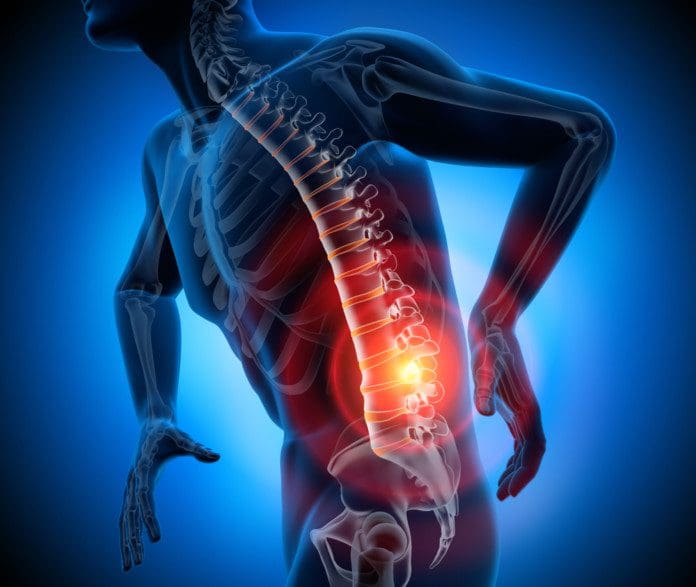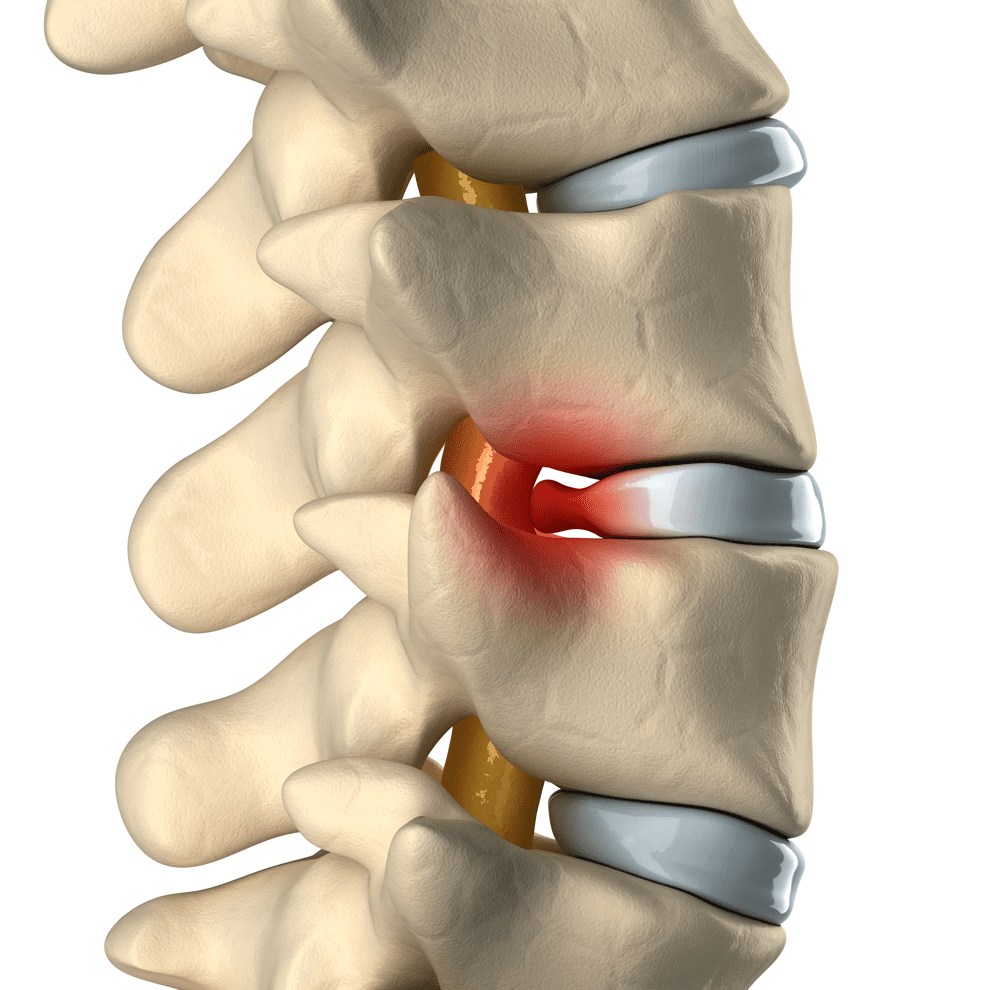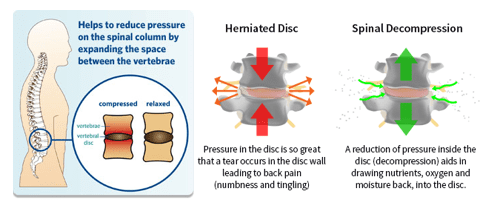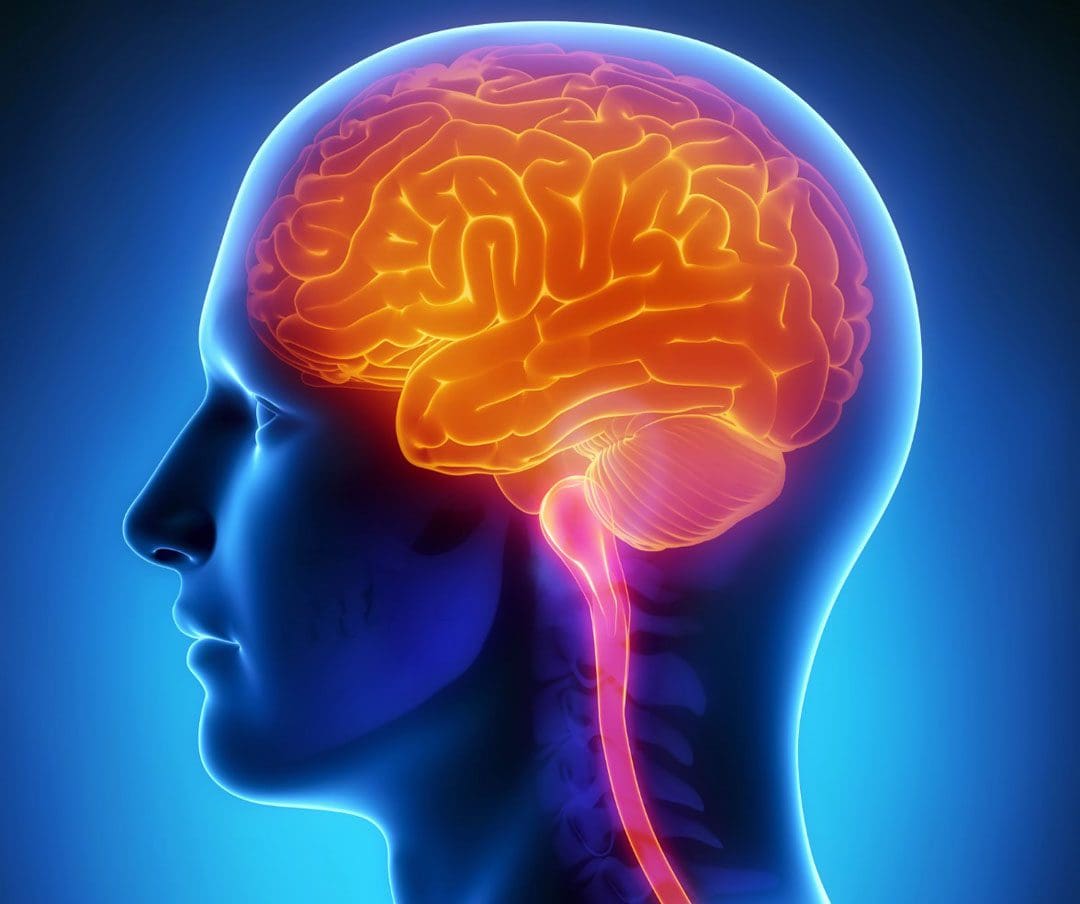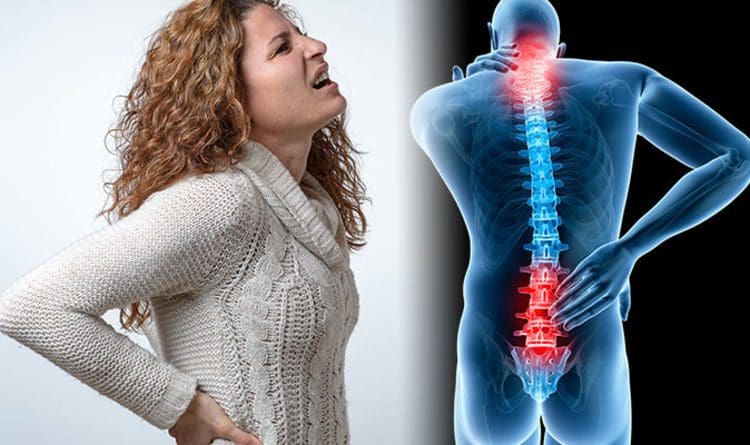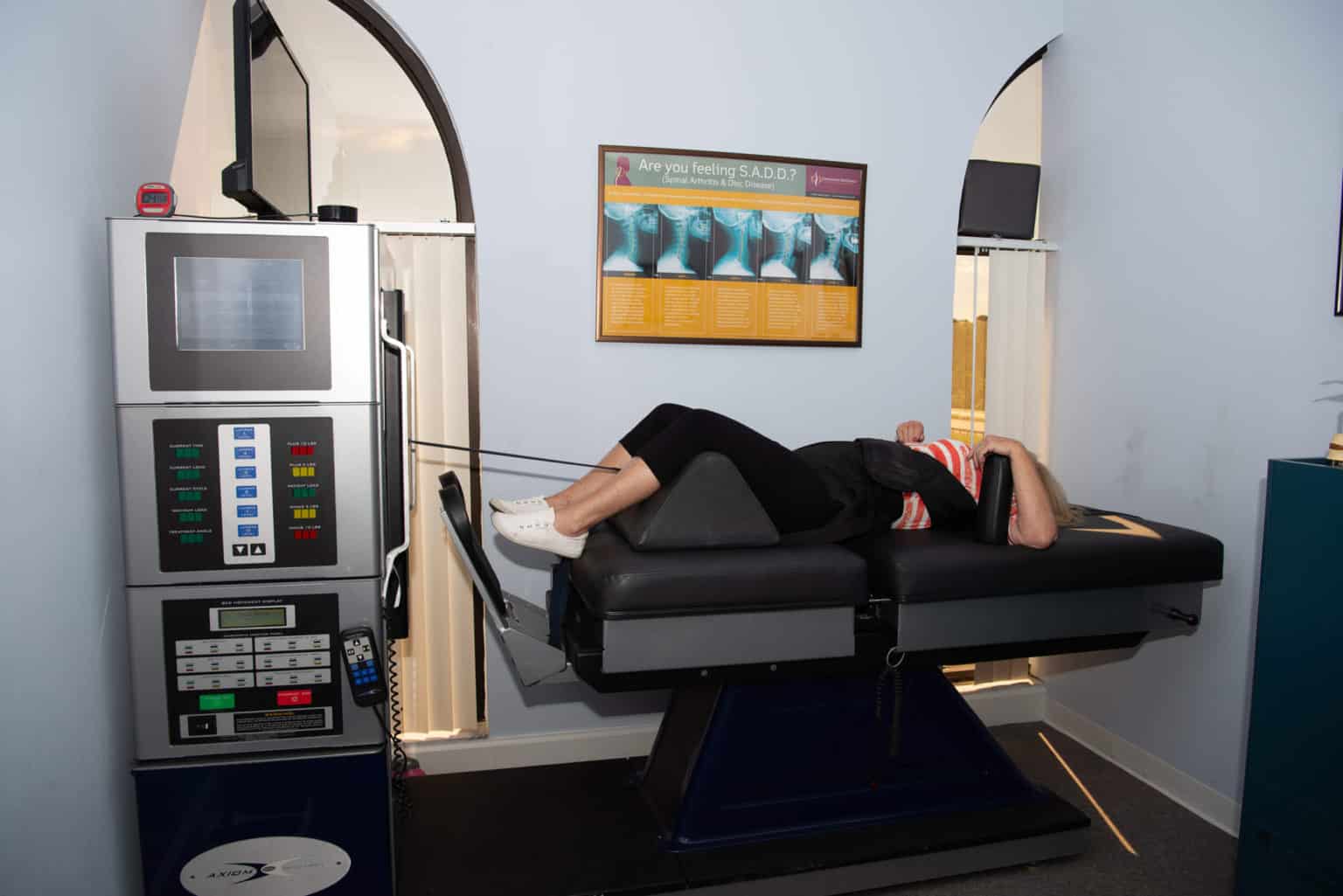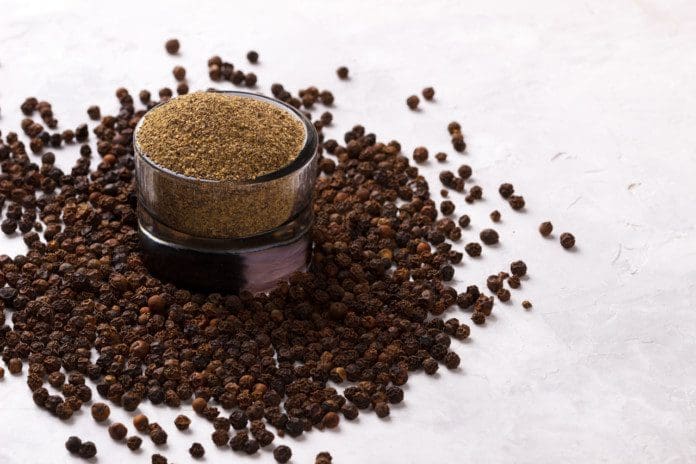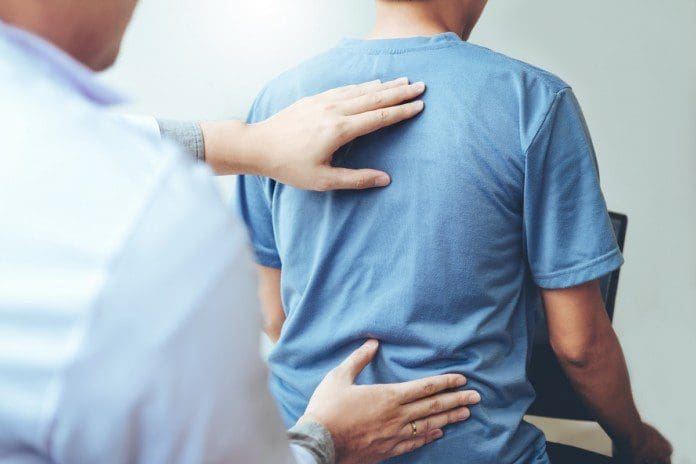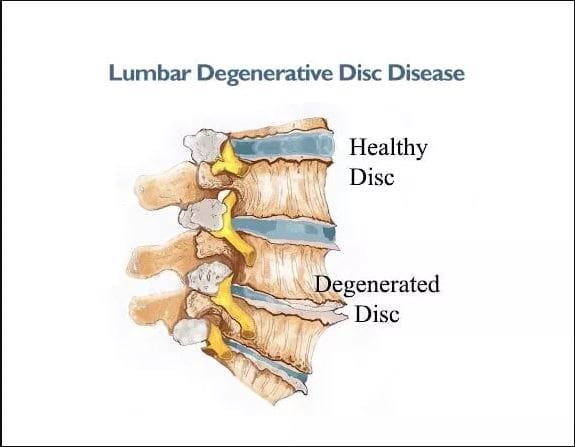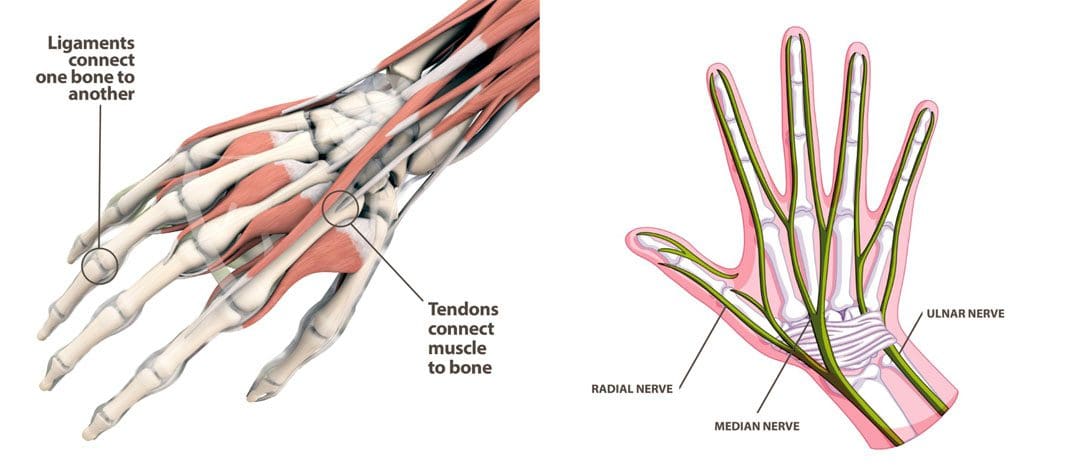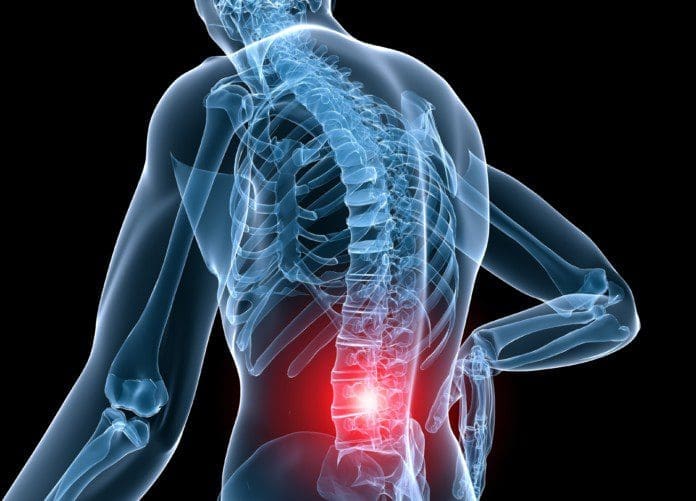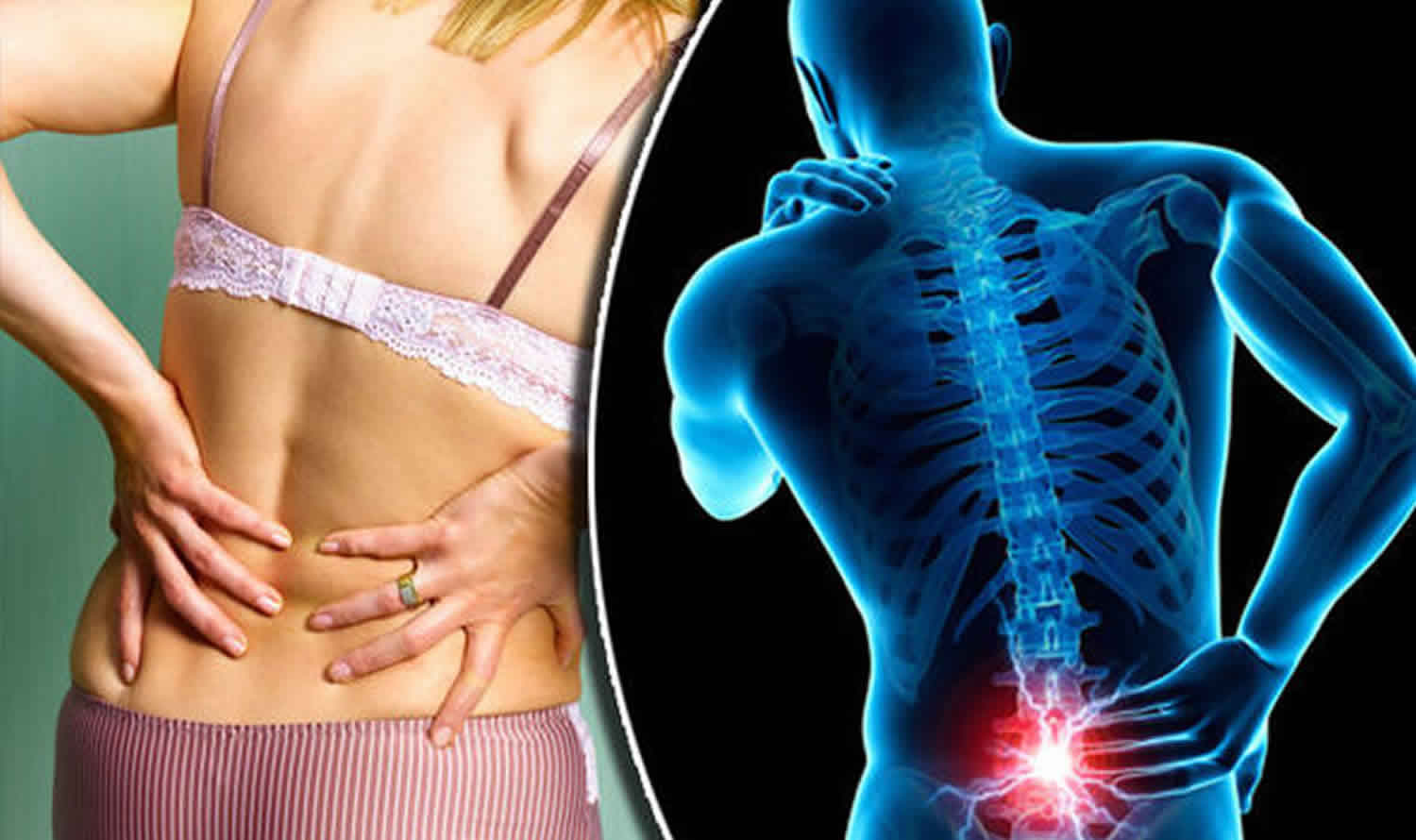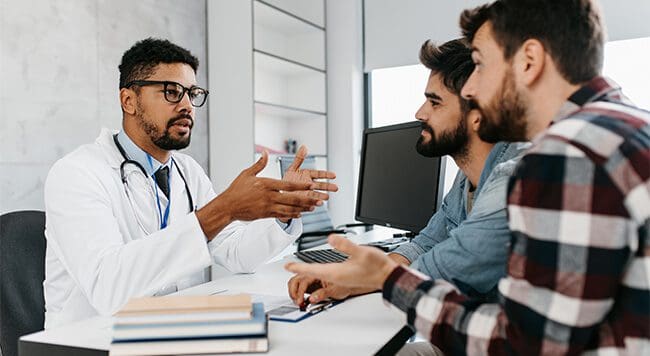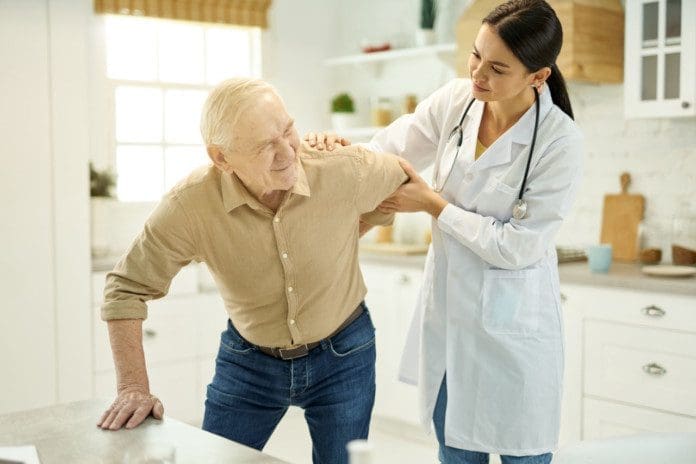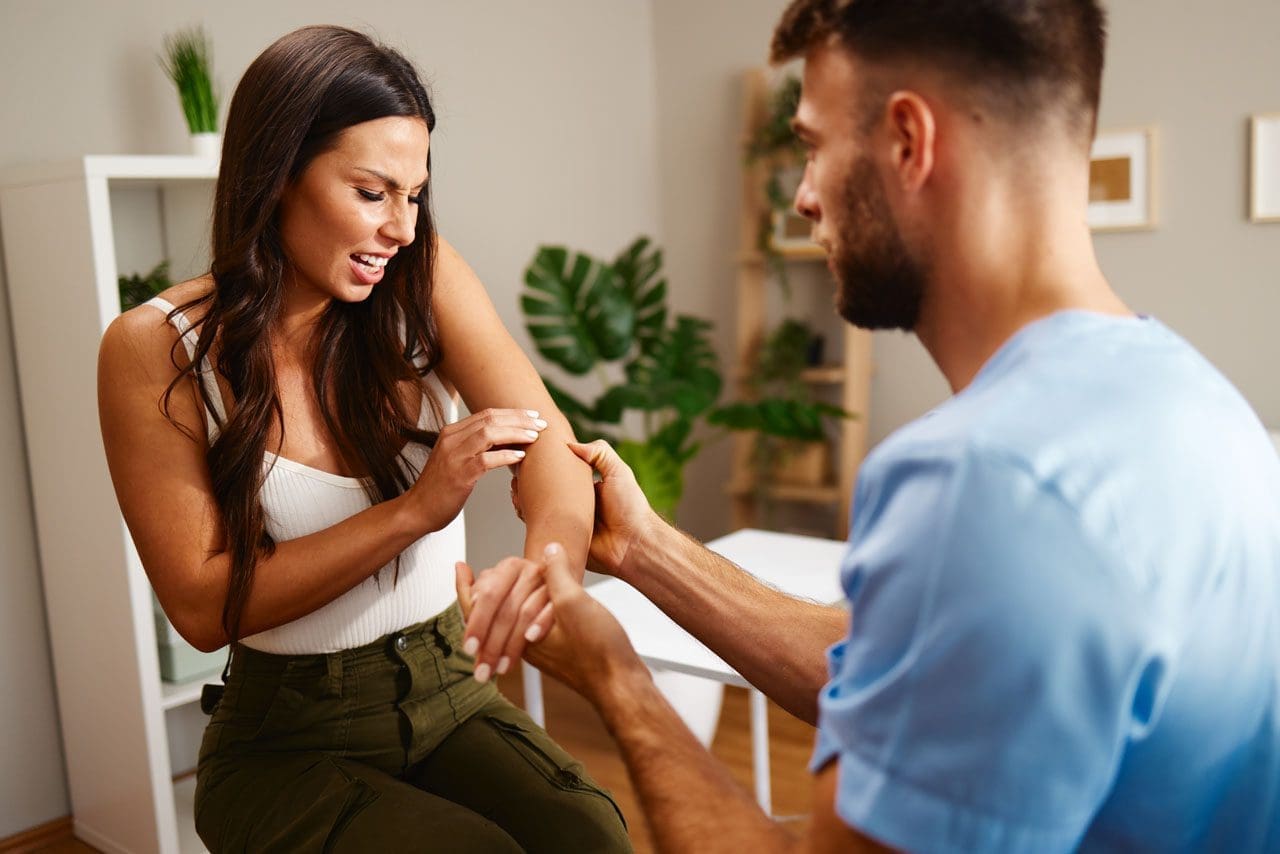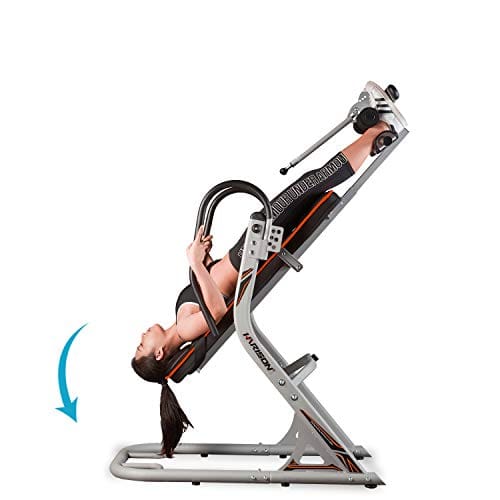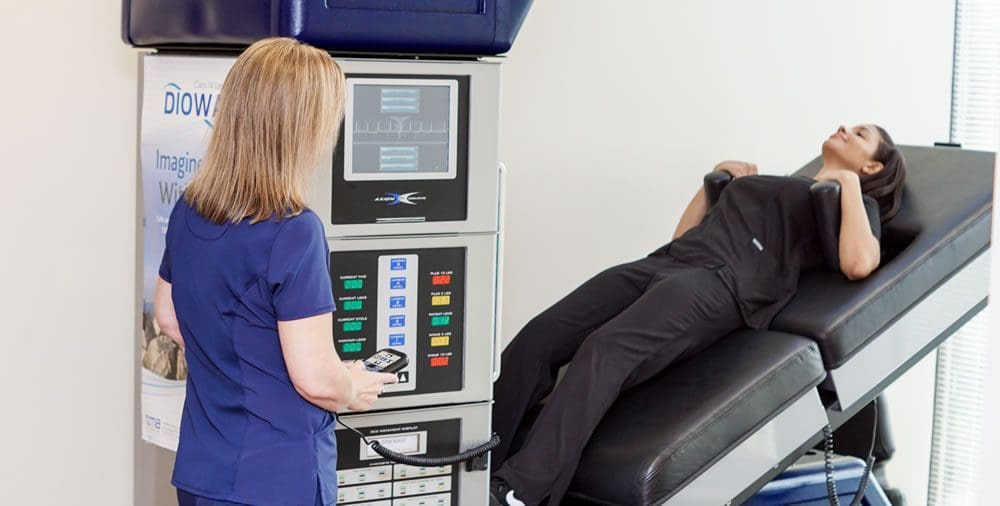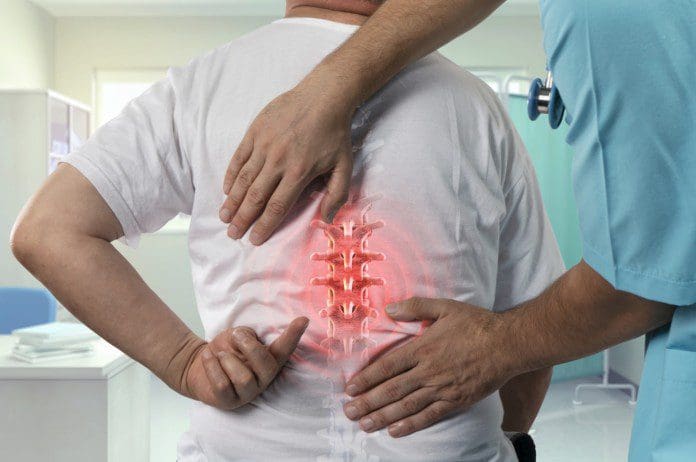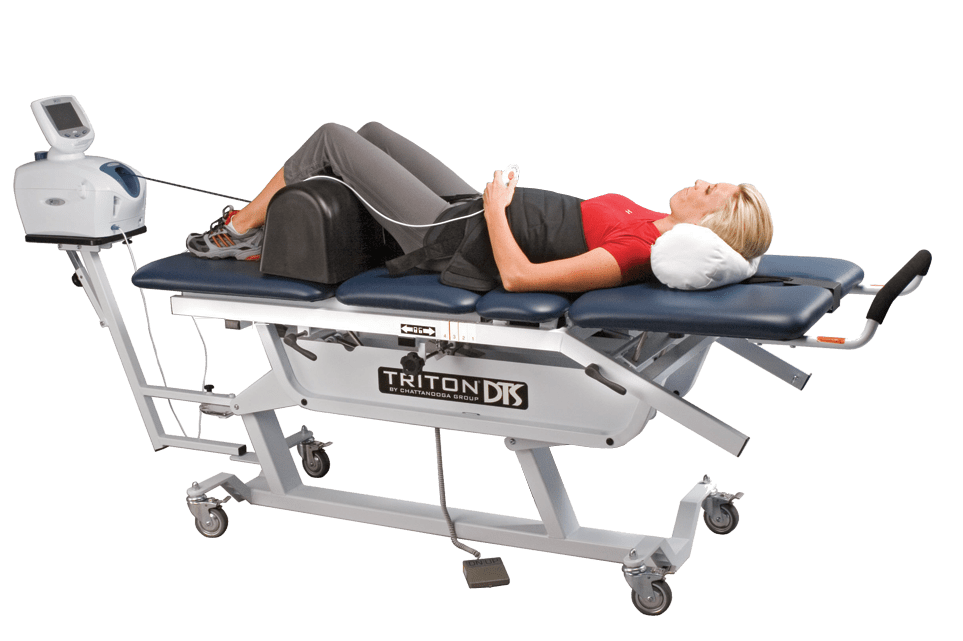How can healthcare professionals provide a positive and safe approach for gender minority healthcare for the LGBTQ+ community?
Table of Contents
Introduction
In an ever-changing world, it can be challenging to find available treatments for body pain disorders that can impact a person’s daily routine. These body pain disorders can range from acute to chronic, depending on the location and severity. For many individuals, this can cause unnecessary stress when going in for a routine check-up with their primary doctors. However, individuals in the LGBTQ+ community are often thrown under by not being seen and heard when treated for their pain and discomfort. This, in turn, causes many problems for both the individual and the medical professional themselves when getting a routine check-up. However, there are numerous positive ways for LGBTQ+ community individuals to seek inclusive gender minority healthcare for their ailments. Today’s article will explore gender minorities and the protocols for creating an inclusive gender minority healthcare environment safely and positively for all individuals. Additionally, we communicate with certified medical providers who incorporate our patients’ information to reduce any general pain and disorders a person may have. We also encourage our patients to ask amazing educational questions for our associated medical providers about their referred pain correlating with any diseases they may have while providing an inclusive gender minority healthcare environment. Dr. Jimenez, D.C., incorporates this information as an educational service. Disclaimer
What Is Gender Minority?

Are you or your loved ones dealing with muscle aches and strains after an excruciatingly long day at work? Have you been dealing with constant stress that stiffens your neck and shoulders? Or do you feel like your ailments are affecting your daily routine? Often, many individuals in the LGBTQ+ community are researching and looking for the right care for their ailments that best suits their wants and needs when seeking treatment. Gender minority healthcare is one of the important aspects of the LGBTQ+ community for individuals seeking the treatment they deserve. When it comes to creating an inclusive, safe, and positive healthcare environment, it is highly important to understand what “gender” and “minority are being defined as. Gender, as we all know, is how the world and society view a person’s sex, like male and female. A minority is defined as a person being different from the rest of the community or the group that they are in. A gender minority is defined as a person whose identity is other than the conventional gender normality many people associate with. For LGBTQ+ individuals who identify as a gender minority, it can be stressful and aggravating when seeking treatment for any ailments or for just a general check-up. This can cause many LGBTQ+ individuals to experience a high rate of discrimination in the healthcare setting that often correlates to poor health outcomes and delays when seeking care treatment. (Sherman et al., 2021) This can create a negative environment in the healthcare setting as many LGBTQ+ individuals deal with unnecessary stress and barriers to accessing inclusive healthcare. Here at the Injury Medical Chiropractic and Functional Medicine clinic, we are dedicated to creating a safe, inclusive, and positive space that offers dedicated care for the LGBTQ+ community by using gender-neutral terms, asking important questions, and building a trusting relationship in every visit.
Enhancing Health Together-Video

The Protocols Of An Inclusive Gender Minority Healthcare

When assessing inclusive gender minority healthcare for many individuals, building a trusting relationship with any patient who enters through the door is important. This allows many people within the LGBTQ+ community to be treated with dignity and respect and ensure they receive medical care like everyone else. By making these efforts, many healthcare systems can ensure the LGBTQ+ community their rights to adequate and affirming healthcare services that are provided for them. (“Health disparities affecting LGBTQ+ populations,” 2022) Below are protocols that are implemented for inclusive gender minority healthcare.
Creating A Safe Space
Creating a safe space for every patient for treatment or general check-up visits is important. Without it, it can cause health disparities between the patient and healthcare professional. Healthcare providers must be prepared to identify and address their biases so that it does not contribute to healthcare disparities that many LGBTQ+ individuals have experienced. (Morris et al., 2019) It’s already stressful enough for LGBTQ+ individuals to get the treatment they deserve. Creating a safe space in a clinical practice gives individuals a setting of respect and trust as they fill out their intake forms that include different gender identities.
Educate Yourself & Staff
Healthcare professionals must be non-judgmental, open, and ally to their patients. By educating staff members, many healthcare providers can undergo developmental training to increase their cultural humility and improve healthcare outcomes for the LGBTQ+ community. (Kitzie et al., 2023) At the same time, many healthcare providers can use gender-neutral language and ask what the patient’s preferred name is while validating and utilizing appropriate mental and health screenings. (Bhatt, Cannella, & Gentile, 2022) To this point, many healthcare providers can significantly and positively impact the individual’s experience, health outcomes, and quality of life. Reducing the structural, interpersonal, and individual stigma that many LGBTQ+ people experience can become a way to demonstrate respect not only to the individual but also to the doctors and staff members who receive it. (McCave et al., 2019)
Basic Primary Care Principles
The first thing that many healthcare providers should do is to honor the individual’s gender identity and consider what kind of information or examination for the individual to receive the care they deserve. The attainable standard of health is one of the fundamental rights of every human being. Being an ally can create a trusting relationship with the individual and provide them with a customizable treatment plan they can receive. This offers a safe environment for the individual and is cost-effective while getting the necessary treatment they deserve.
References
Bhatt, N., Cannella, J., & Gentile, J. P. (2022). Gender-affirming Care for Transgender Patients. Innov Clin Neurosci, 19(4-6), 23-32. https://www.ncbi.nlm.nih.gov/pubmed/35958971
https://www.ncbi.nlm.nih.gov/pmc/articles/PMC9341318/pdf/icns_19_4-6_23.pdf
Health disparities affecting LGBTQ+ populations. (2022). Commun Med (Lond), 2, 66. https://doi.org/10.1038/s43856-022-00128-1
Kitzie, V., Smithwick, J., Blanco, C., Green, M. G., & Covington-Kolb, S. (2023). Co-creation of a training for community health workers to enhance skills in serving LGBTQIA+ communities. Front Public Health, 11, 1046563. https://doi.org/10.3389/fpubh.2023.1046563
McCave, E. L., Aptaker, D., Hartmann, K. D., & Zucconi, R. (2019). Promoting Affirmative Transgender Health Care Practice Within Hospitals: An IPE Standardized Patient Simulation for Graduate Health Care Learners. MedEdPORTAL, 15, 10861. https://doi.org/10.15766/mep_2374-8265.10861
Morris, M., Cooper, R. L., Ramesh, A., Tabatabai, M., Arcury, T. A., Shinn, M., Im, W., Juarez, P., & Matthews-Juarez, P. (2019). Training to reduce LGBTQ-related bias among medical, nursing, and dental students and providers: a systematic review. BMC Med Educ, 19(1), 325. https://doi.org/10.1186/s12909-019-1727-3
Sherman, A. D. F., Cimino, A. N., Clark, K. D., Smith, K., Klepper, M., & Bower, K. M. (2021). LGBTQ+ health education for nurses: An innovative approach to improving nursing curricula. Nurse Educ Today, 97, 104698. https://doi.org/10.1016/j.nedt.2020.104698


